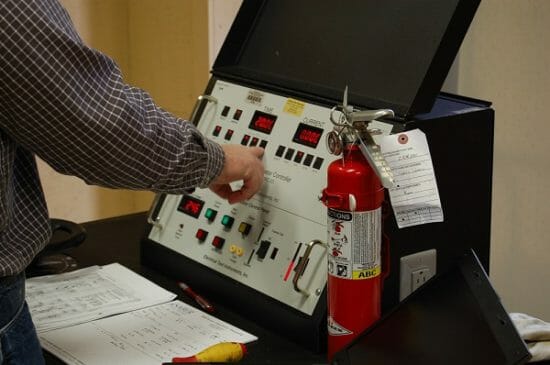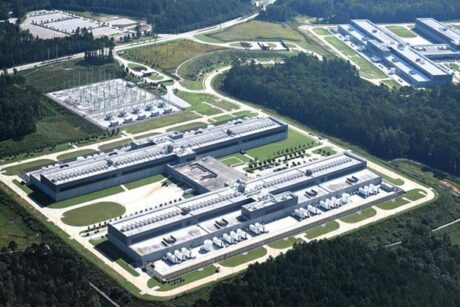- Course No.: E – 1643
- PDH Units: 5
No data found for Custom Course Number
No data found for Custom Course Units
- Course No.: E – 1643
- PDH Units: 5
Intended Audience: Electrical and general engineers
PDH UNITS: 5
The ability of a power system, containing two or more synchronous machines, to continue to operate after a change occurs on the system is a measure of its stability. The stability problem takes two forms: steady-state and transient. Steady-state stability may be defined as the ability of a power system to maintain synchronism between machines within the system following relatively slow load changes. Transient stability is the ability of the system to remain in synchronism under transient conditions, i.e., faults, switching operations, etc. In an industrial power system, stability may involve the power company system and one or more in-plant generators or synchronous motors. Contingencies, such as load rejection, sudden loss of a generator or utility tie, starting of large motors or faults (and their duration), have a direct impact on system stability. Load-shedding schemes and critical fault-clearing times can be determined in order to select the proper settings for protective relays. These types of studies are probably the single most complex ones done on a power system. A simulation will include synchronous generator models with their controls, i.e., voltage regulators, excitation systems, and governors. Motors are sometimes represented by their dynamic characteristics as are static var compensators and protective relays. This course reviews the subject of transient stability calculations in a very structured fashion. First, modelling technique is shown for a generic power system, dynamic equipment is modelled in details and calculations are performed for selected disturbances throughout the system. A detailed explanation of modelling and calculation procedure is offered. Explained techniques can be implemented in any commercial power system software package. Specific Knowledge or Skill Obtained & Learning Objectives This course teaches the following specific knowledge and skills:
- Power system stability fundamentals
- Problems caused by instability
- System disturbances that can cause instability
- Solution to stability problems
- System stability analysis
- Stability studies for power systems
Once completed, your order and certificate of completion will be available in your profile when you’re logged in to the site.









